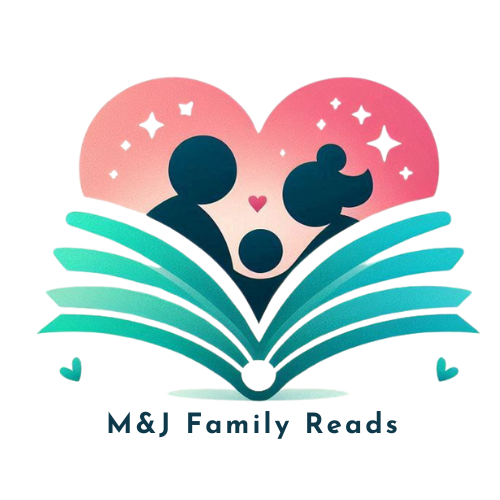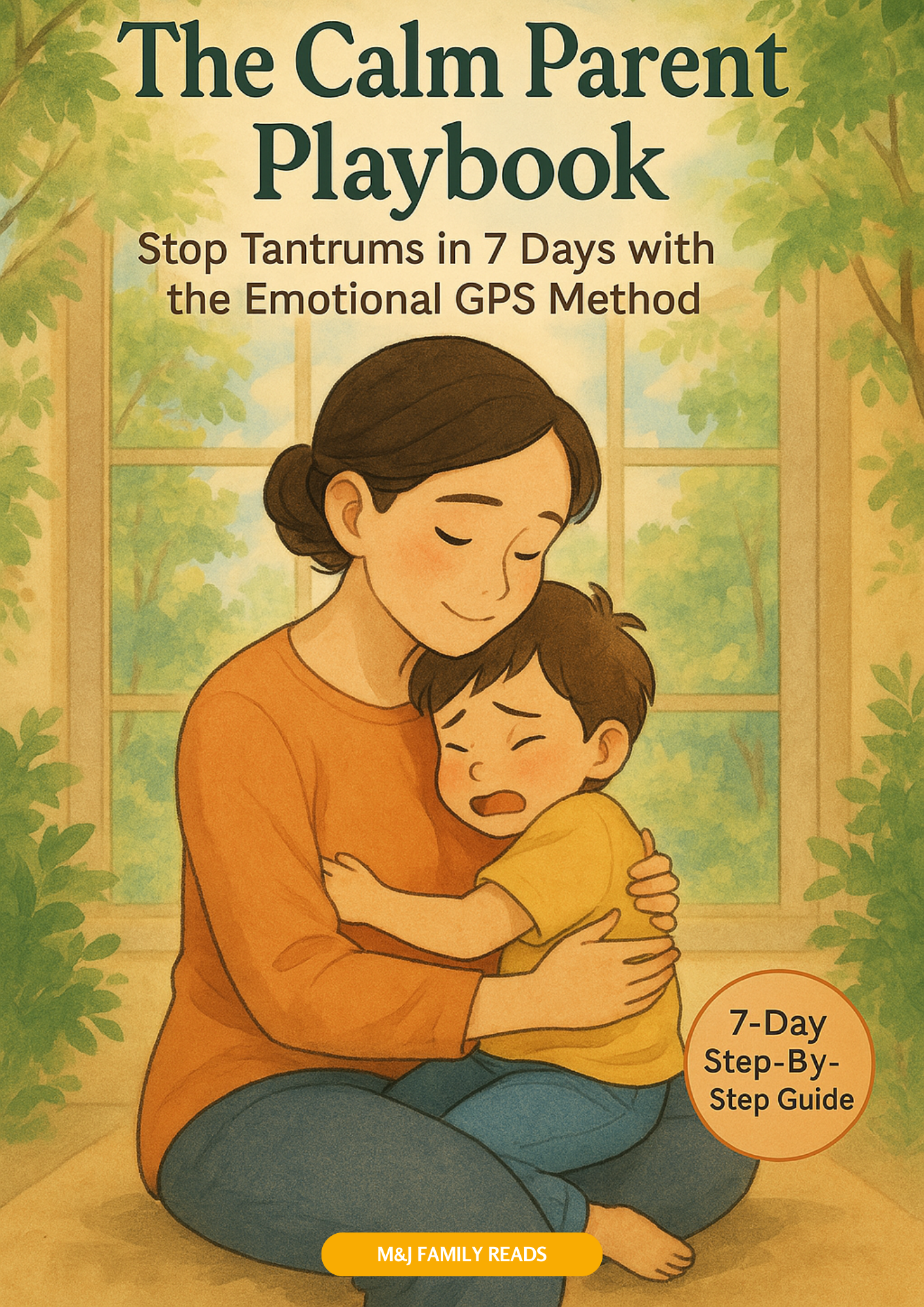“I just wanted to brush her hair, and she acted like I ruined her life.”
Sound familiar?
If you've ever felt like your toddler is auditioning for a soap opera every time you say “no,” you’re not alone. Toddler tantrums are loud, unpredictable, and emotionally exhausting. But here’s the good news: You can learn how to stop toddler tantrums fast—without yelling, bribes, or timeouts.
In fact, once you start managing toddler meltdowns with empathy and strategy (not panic), everything shifts. Let’s walk through why these outbursts happen—and how to handle them like a calm, confident pro.
👶 Understanding Why Toddlers Tantrum in the First Place
Toddlers are tiny humans with big emotions—and not enough brain development to handle them yet. Their emotional brain is fully online, but the logical part? Still under construction.
When they feel overwhelmed, unheard, hungry, tired, or just plain frustrated, tantrums become their go-to outlet.
It’s not defiance. It’s a cry for help in the loudest way possible.
Common tantrum triggers include:
- Sudden transitions (leaving the park, turning off TV)
- Overstimulation (noisy environments, lots of people)
- Feeling powerless or ignored
- Tiredness, hunger, or discomfort
The trick isn’t to stop all tantrums forever—it’s to catch the signs early and respond in a way that helps your child feel seen and safe.
🧠 How to Stop Toddler Tantrums Fast: The Calm Parent Formula
When things start spiraling, it’s tempting to yell, walk away, or give in. But the most effective way to stop a tantrum fast?
Be the calmest person in the room.
Here’s a go-to routine for how to stop toddler tantrums fast:
✨ Step 1: Spot the Early Warning Signs
Tantrums don’t usually come out of nowhere. Watch for:
- Whining
- Clinginess
- Defiance
- Tired eyes
- Raised voice
Pro tip: This is your window to prevent the full meltdown.
✨ Step 2: Validate the Feeling
Try: “You’re really upset because you wanted that toy.”
You’re not giving in—you’re helping your child feel heard. And that can deflate a tantrum before it explodes.
✨ Step 3: Offer Choices or Comfort
Offer two simple choices:
- “Do you want to hold my hand or climb into the car yourself?”
- “Do you want the red cup or the blue cup?”
Giving toddlers a sense of control can calm their nervous system quickly.
✨ Step 4: Breathe. You First.
Your energy sets the tone. Slowing your breath and softening your voice can signal safety and shift the emotional vibe.
🧰 Real-Life Tools for Managing Toddler Meltdowns
If you’re looking for more practical tools for managing toddler meltdowns, try incorporating these techniques into your daily rhythm:
💡 Pre-Tantrum Rituals
These are calming moments built into transitions:
- A 3-minute cuddle before leaving the house
- Soft music during cleanup
- Snack and story after daycare
💬 The “Calm Phrase Bank”
Keep a few go-to phrases ready when tension rises:
- “You’re safe. I’m here.”
- “Let’s take a breath together.”
- “It’s okay to feel angry, but it’s not okay to hit.”
📊 The “Meltdown Meter”
Create a simple scale from 1–5 (1 = calm, 5 = full meltdown).
Teach your child to recognise and rate their feelings.
🔁 Use Routine to Build Emotional Safety
Toddlers thrive on predictability. Daily routines help them feel secure and reduce tantrum triggers.
Consistency isn’t boring—it’s calming.
❤️ Why Staying Calm Works Better Than Yelling
When your toddler’s brain is in meltdown mode, they literally can’t hear logic. That’s why yelling doesn’t work.
But connection? That reaches them.
How to stop toddler tantrums fast isn’t about silencing your child—it’s about creating a space where they can move through big feelings and learn how to handle them over time.
Remember:
- A calm parent helps regulate a dysregulated child
- Repair after rough moments is more important than perfection
- You’re teaching emotional intelligence in real-time
The more consistent you are in managing toddler meltdowns, the more your child learns:
Feelings are okay. I am safe. My parent has me—even when I’m falling apart.
🎯 Final Thoughts: You’ve Got This (Even If It Doesn’t Feel Like It)
Here’s the truth: you won’t prevent every tantrum. But you can stop them faster.
You can stay grounded. You can shift the energy.
You can show your child what calm under pressure really looks like.
And when you start applying these tools, routines, and mindset shifts, you’ll see results—not just in your toddler, but in yourself.
So next time you wonder how to stop toddler tantrums fast, remember:
- Validate, don’t escalate
- Breathe before you speak
- And connect before you correct
💛 Want a Ready-to-Go Plan?
The Calm Parent Playbook walks you through a 7-day journey to a calmer home, complete with:
- Real-life scripts
- Tantrum tracking sheets
- Emotional decoding tools
- And a daily calm routine template
If you found this helpful, share this post with a fellow parent who could use a little peace.
Then go grab your copy of The Calm Parent Playbook—because calm isn’t just possible, it’s just one week away.


